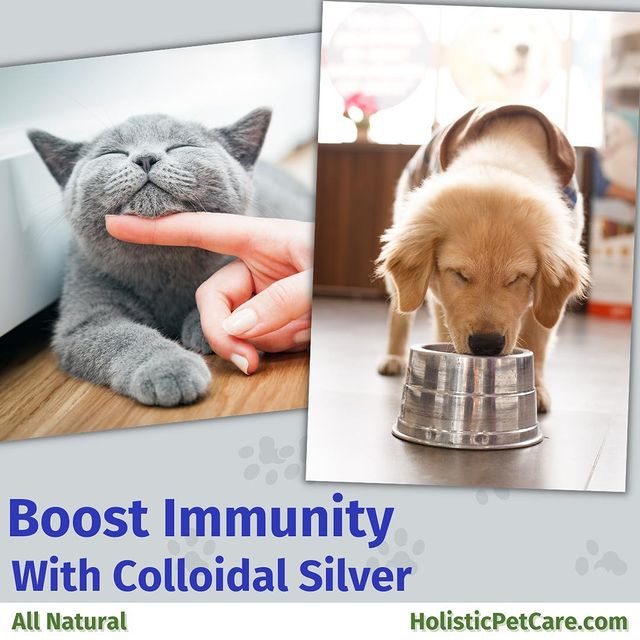The Hidden Danger of Artificial Fragrances: Protecting Our Pets
Posted by Jewel on Jan 20, 2024
In the quest for a pleasant-smelling home and to deodorize our body, many of us turn to a variety of scented products. From air fresheners, perfumes to scented candles, these items have become staples in households around the world. However, what many pet owners may not realize is that the artificial fragrances in these products can pose significant health risks to our furry companions. As a holistic pet care advocate, it’s essential to understand why these fragrances are dangerous and how we can create a safer environment for our pets.
The Perils of Artificial Fragrances
1. Chemical Cocktail:
Many commercial fragrances are a blend of synthetic chemicals. These can include phthalates, which are used to prolong the scent's lifespan, and volatile organic compounds (VOCs), which can cause respiratory irritation. When pets inhale these chemicals, they can experience immediate and long-term health issues.
2. Sensitive Respiratory Systems:
Pets, especially birds, have highly sensitive respiratory systems. Their smaller size and faster metabolism mean they can be more susceptible to airborne toxins. Continuous exposure to artificial fragrances can lead to respiratory distress, allergies, and even more severe conditions like asthma.
3. Skin and Eye Irritation:
The external exposure to artificial fragrances can also lead to dermatological issues in pets. Their skin can become irritated, leading to itching, rashes, and discomfort. Similarly, the chemicals in these fragrances can irritate the eyes, causing redness and swelling.
4. Toxicity and Organ Damage:
Certain chemicals in artificial fragrances can be toxic if ingested, which is a significant risk for pets who groom themselves frequently. Over time, these toxins can accumulate in a pet's body, potentially leading to liver and kidney damage.
5. Behavioral Changes:
Prolonged exposure to certain fragrances can also affect pets' behavior. They may become lethargic, show signs of confusion, or experience changes in appetite. These behavioral changes are often a sign of underlying physical discomfort or illness.
Safer Alternatives for a Pet-Friendly Home
1. Natural Fragrances:
Opt for natural alternatives like essential oils, but be cautious, as some oils can be harmful to pets. It might be a good idea to research what you are using and consult with a holistic veterinarian before using any essential oils in your home.
2. Fragrance-Free Products:
Choose cleaning and personal care products that are labeled as eco friendly, natural and definetely fragrance-free or unscented unless the scent is from reliably sourced essential oils. These products are less likely to contain the harmful chemicals found in artificially scented products.
3. Good Ventilation:
Ensure your home is well-ventilated to reduce the concentration of any airborne chemicals. Regularly opening windows and using fans can help circulate fresh air.
4. Regular Cleaning:
A clean home reduces the need for artificial fragrances. Use natural cleaning products and regularly wash pet bedding and toys to keep odors at bay.
5. Indoor Plants:
Some indoor plants can naturally purify the air, but make sure the plants you choose are non-toxic to pets. Plants like spider plants and Boston ferns are safe options that can improve air quality.
Conclusion: A Breath of Fresh Air for Our Pets
Our pets rely on us to make informed decisions about their environment. By understanding the dangers of artificial fragrances and choosing safer alternatives, we can ensure our homes remain a haven of health and happiness for our four-legged family members. Remember, a pet-friendly home is not just about comfort; it’s about safety and wellbeing. Let's commit to creating spaces where our pets can thrive, free from the hidden dangers of artificial fragrances.








